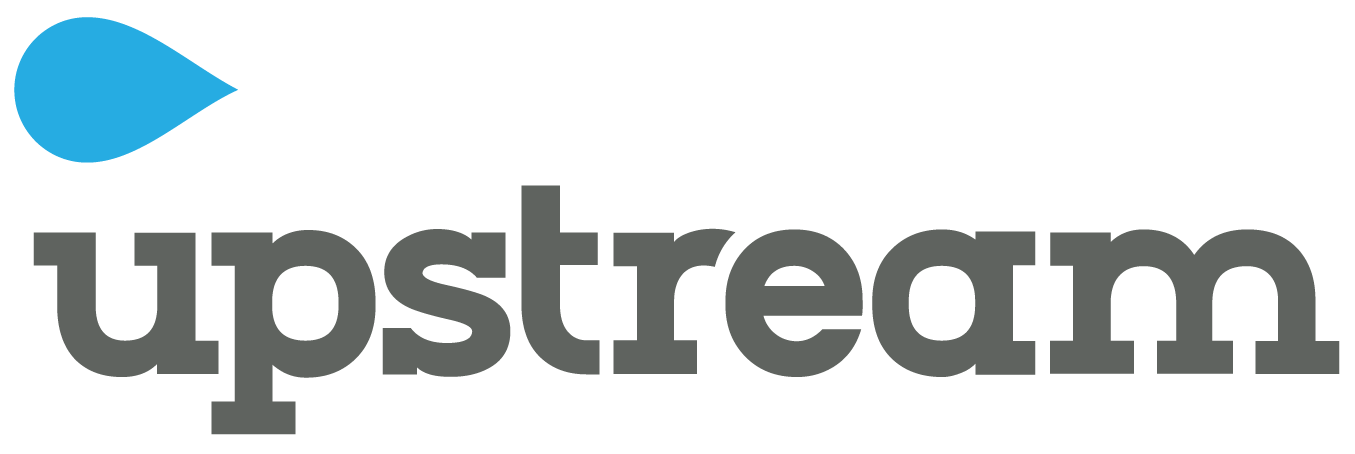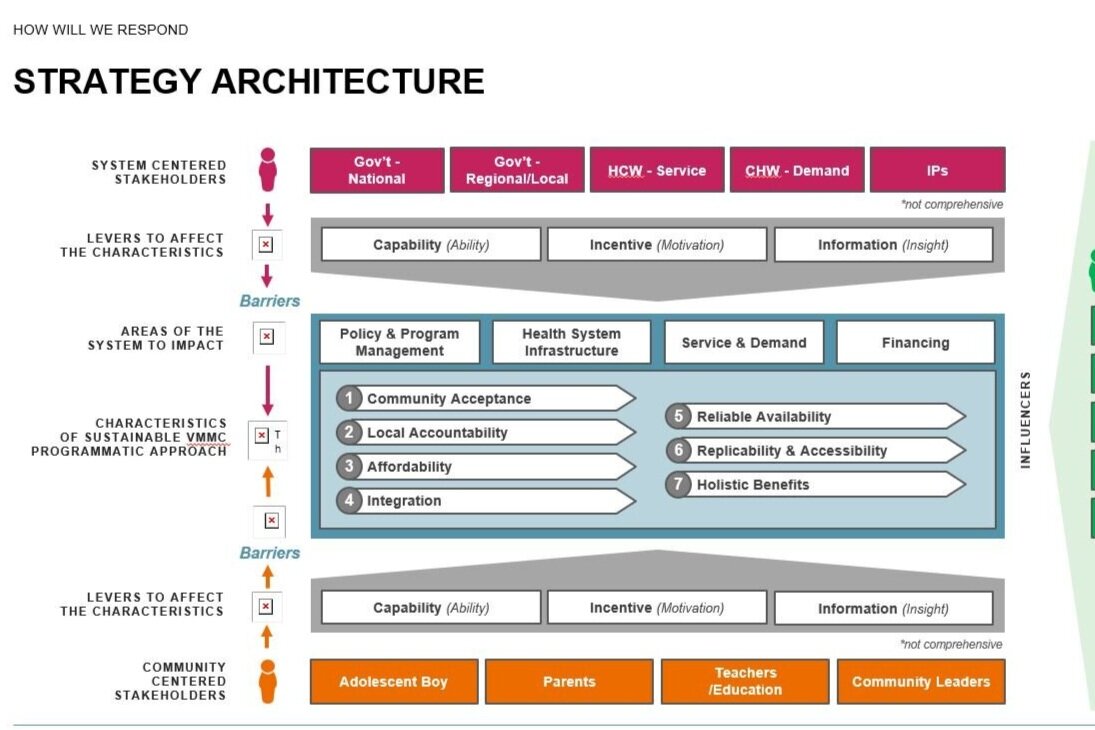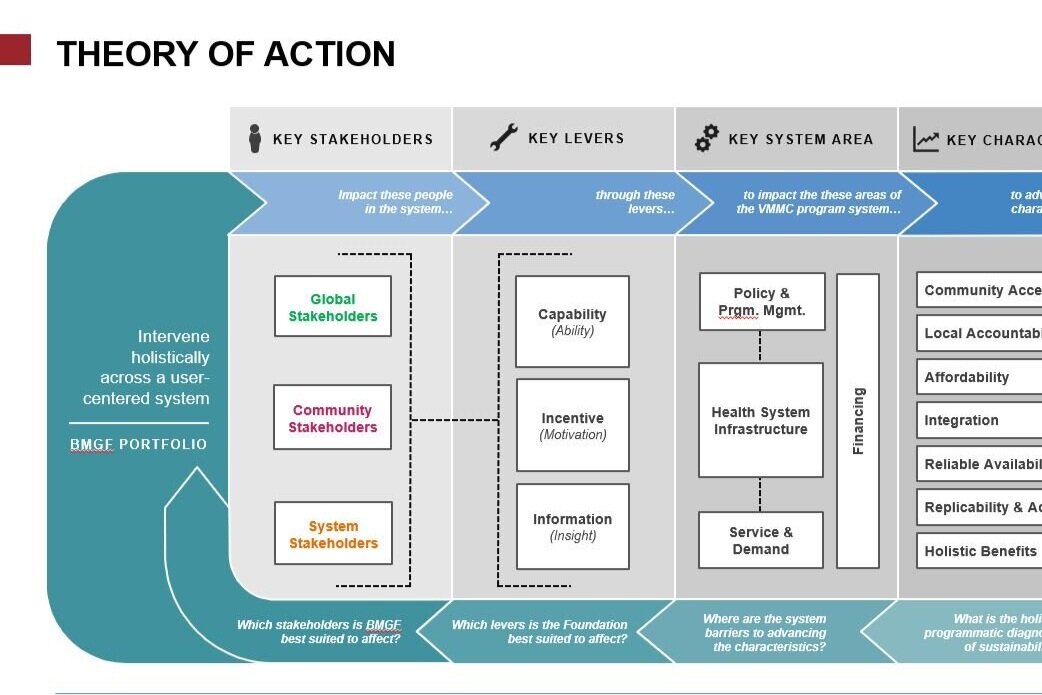
Using a bottom-up, human-centered approach to identify a new Theory of Change for program sustainability in Sub-Saharan Africa.
Defining the holistic system
Sustainability is a key goal in many sectors, but has particular relevance in global health. It’s commonly described as achieving existing program outcomes in an environment without external funding.
Creating a new investment strategy for HIV prevention sustainability requires a broad understanding of the system being impacted. Previously, such perspectives were largely gained through a “top-down” approach - meaning the view from the largest stakeholders at the top of the system like governments, funders and health care systems. Upstream’s approach informed this perspective from the bottom up - beginning with the view from the community level stakeholders where the impact is often greatest. Through a process of reviewing previously collected information and conducting in-person interviews in target countries, we were able to describe the system in a new way. We identified 7 characteristics of a sustainable system and revealed how all of the stakeholders were connected to them.
Linking levers to outcomes
Looking at a system through the lens of behavior allows you to see why certain outcomes may be achieved and others aren’t. In this project, we identified 3 major levers that were able to affect our system of HIV prevention which are common in large systems - Capability, Incentive and Information. These levers serve as the connection between our stakeholders and our outcomes. Understanding this linkage provided the foundation for a new Theory of Change - our model by which we can impact the system holistically.
Applying a theory of action
The new Theory of Change established the comprehensive model for system change. Making specific choices related to the goals and principles of the foundation resulted in our Theory of Action. This Theory of Action was subsequently applied to 3 target countries. Upstream crafted the Theory of Action in a unique way that identified a series of key framing questions at each step. The answers to each of these questions would reveal the actions required. We worked with foundation representatives from each target country to apply in-country knowledge to these questions. In the end, the process resulted in 3 specific country level plans all of which tied to a common Theory of Change. Foundation investment decisions were optimized in line with this strategy and are now actively impacting the HIV prevention landscape in South Africa, Zimbabwe and Zambia.
“This work exemplifies the value of engaging a strategic design perspective in the development of foundation strategy.”
- Bill & Melinda Gates Foundation project narrative



